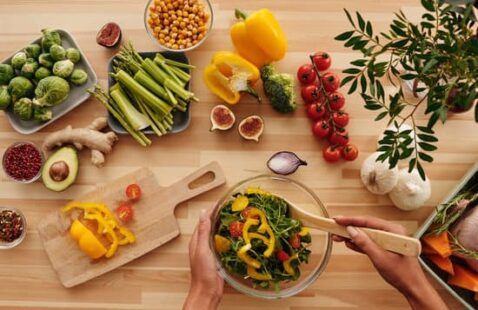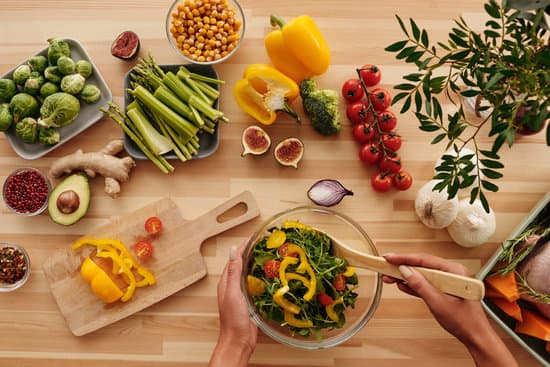Save Food, Save Money!
15 May, 2023We bin seven million tonnes of food and drink each year at a cost of £12.5 billion.
Throwing out food is like throwing money in the bin. Check out our four-step guide below to save both the planet and your pockets!

1) Meal Plan
- Check your calendar before you make any plans. Which days will you be in a rush, or out during mealtimes? Will you need to bring packed meals, or batch cook in advance for busy times?
- Check your cupboards and fridge. This means you’ll avoid buying food you already have, and you can avoid waste by incorporating any food that’s nearing its use by date in your meal plan. If you don’t have time, you could take a ‘shelfie’ to refer back to at the shops.
- Make a meal plan. Ideally this should use the same ingredients in multiple meals to avoid wasting leftovers. Use the same vegetables in stir fry, side dishes, soup, curry, or whatever your favourite meals are. If you often end up with unused leftovers, build a freestyle meal into your plan to use these up.
- Write your shopping list!
2) At the shops
- Stick to the list – everything you need is on there.
- Check use by dates on food to make sure it will last until you plan to use it.
- Look out for “wonky” fruits and vegetables. These are often cheaper and just as tasty! Some supermarkets, such as Morrisons, sell these separately.
- Buying tinned and frozen food can be much cheaper and can mean it will last for months or even years!
3) Storing food
- Learn how to correctly store your food to keep it fresher for longer. For example, fruit will last longer in the fridge, but bread is better kept in the cupboard.
- Check your fridge temperature is set between 0-5°C.
- Create an “eat me first” shelf in your fridge so you don’t forget about the perishable foods lurking in there!
- If you have the freezer space, freezing food is a great way to make it last longer. You can freeze any leftovers that won’t get eaten within three days, or foods like bread and vegetables to prevent them spoiling. Some good foods to freeze are butter, grated cheese, parboiled vegetables, bread, milk, yogurt, cream, and raw eggs (removed from their shells).
4) Using food
- You can reduce waste and increase the nutritional value of your food by eating all the edible parts of your fruit and vegetables, like leaving carrots and potatoes unpeeled. If that doesn’t sound appealing, you could use the peelings to make vegetable stock, or turn them into crisps in the oven.
- Wilted vegetables and salad foods can be used in soup and stir fries, or turned into sauces, dips, and purees, and then frozen.
- Bread can be frozen to avoid it going stale. If it’s too late for that, you can turn stale bread into breadcrumb topping for oven bakes, or croutons. Rolls can be put in the oven for a few minutes to crisp up again.
- If you’ve frozen poultry or large joints of meat, always allow them to completely defrost before you use them. Never cook them from frozen.


